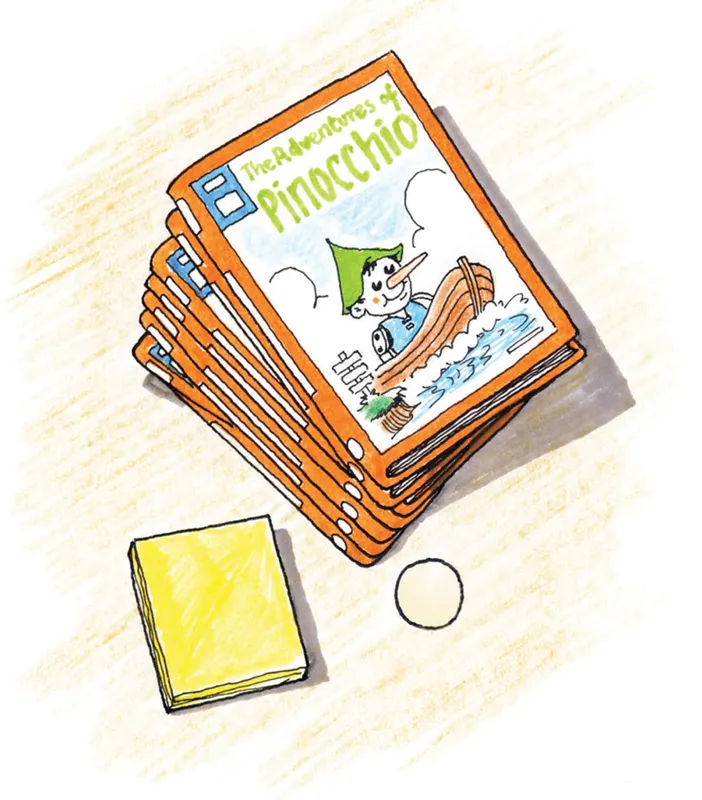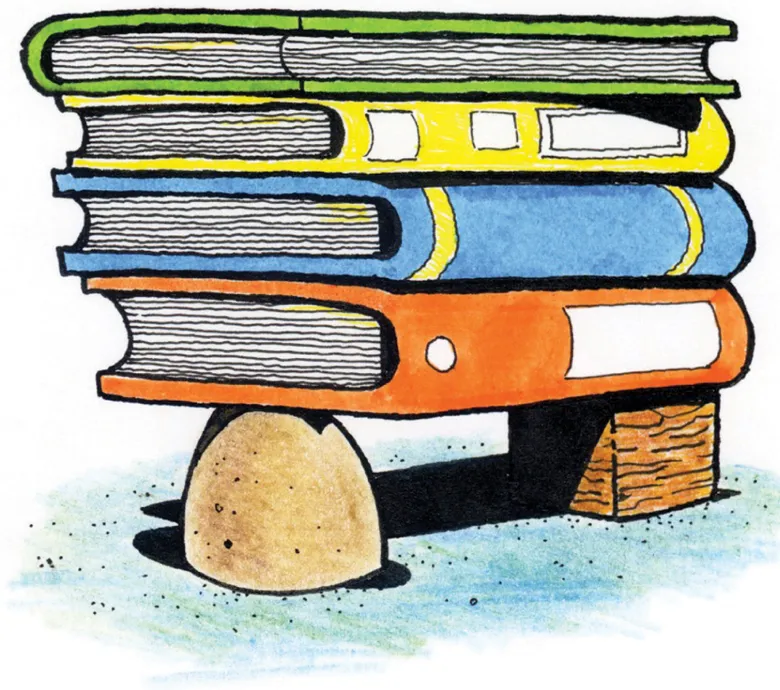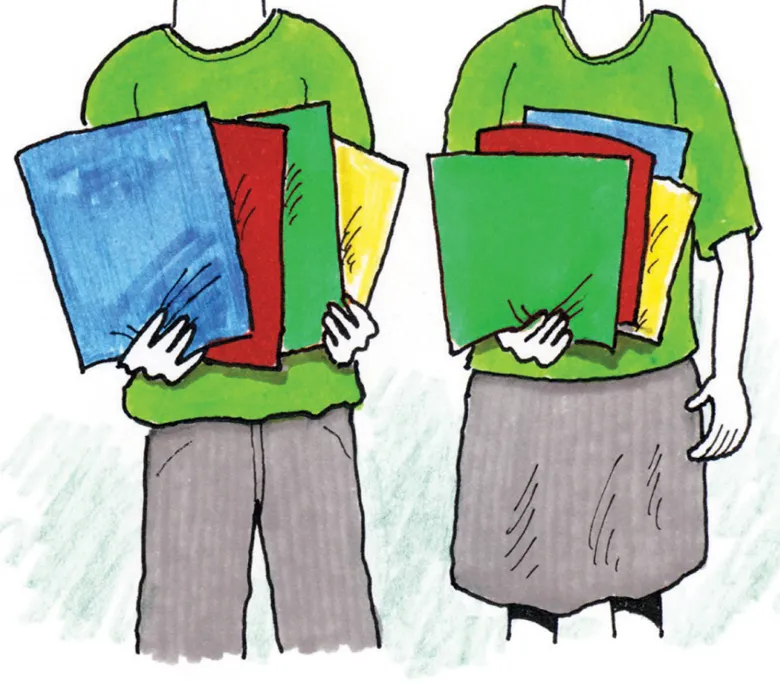
Amazing Assemblies for Primary Schools
25 simple-to-prepare educational assemblies
Mike Kent
- 304 pages
- English
- ePUB (adapté aux mobiles)
- Disponible sur iOS et Android
Amazing Assemblies for Primary Schools
25 simple-to-prepare educational assemblies
Mike Kent
À propos de ce livre
Primary school assemblies should be exciting and interesting. They should allow children to share in valuable learning experiences. Over his 30 years as a head teacher, Mike Kent has developed amazing assemblies that do just this, and he shares them in this new practical resource. Amazing Assemblies for Primary Schools consists of twenty-five very special teacher-led assemblies: ideal for teachers, head teachers and, indeed, anyone who is required to lead assemblies. The assemblies have been designed with the busy teacher or school leader in mind and are really simple to prepare. The detailed instructions outline the resources and preparation needed. Every assembly is straightforward and uses materials that are readily available in school. You'll discover how to fascinate a group of children using little more than a pair of scissors and a few sheets of paper. Just how strong is an eggshell? How can you pick up a bottle without using your hands? How can you make a coin move without touching it? The answers to these questions, and many more, are revealed in this amazing resource: take your children on a journey of hands-on learning and discovery. The tried-and-tested assemblies are ideal for presenting to large groups of children and all have an interactive element, encouraging children to participate as helpers. They cover a vast range of subjects, drawing cross-curricular links from across the primary curriculum. There are science experiments, art demonstrations, problems to solve, word games, maths puzzles, quizzes and much more. Each assembly centres on a theme, which can be developed in many different ways afterwards: follow-up ideas make it easy to explore the learning further. Children can try the ideas themselves in class or at home. Although the assemblies are primarily aimed at Key Stage 2, many are also eminently suited to Key Stage 1. Each assembly outlines the materials and preparation needed, gives step-by-step instructions for introducing and delivering the assembly and offers plenty of follow up ideas. Planning and delivering an innovative, child-centred assembly has never been easier! Amazing Assemblies for Primary Schools is an ideal practical resource for anybody required to take primary school assemblies.
Foire aux questions
Informations
THE EXTRAORDINARY EGGSHELL
WHAT IS THIS ASSEMBLY ABOUT?
WHAT YOU’LL NEED:







PREPARING THE ASSEMBLY

INTRODUCING THE ASSEMBLY
AND FINALLY …

COLOURFUL COMPUTATION
WHAT IS THIS ASSEMBLY ABOUT?
